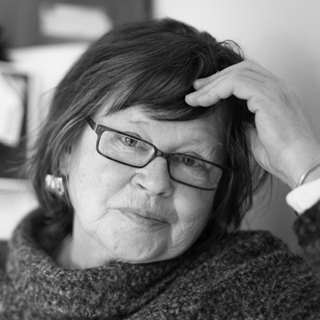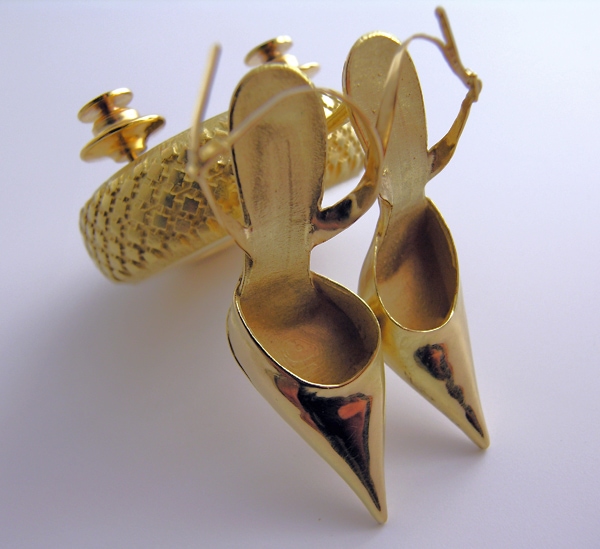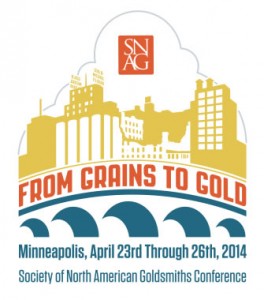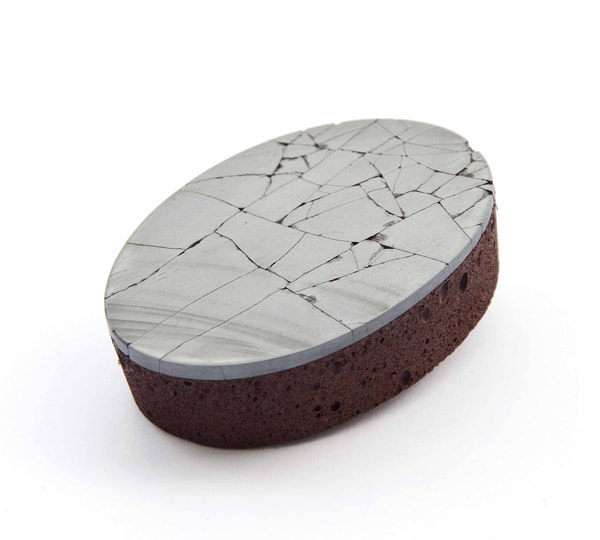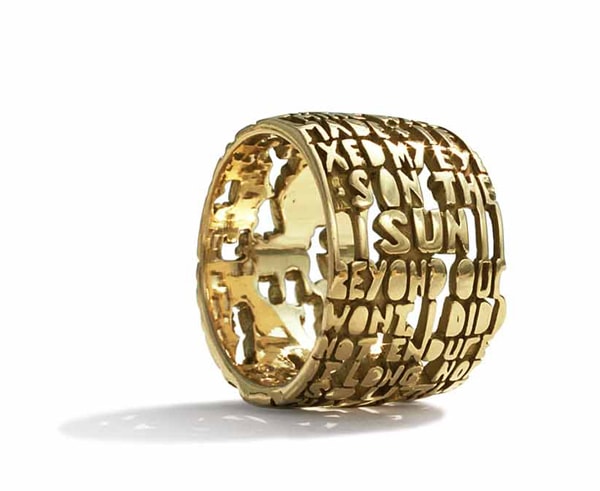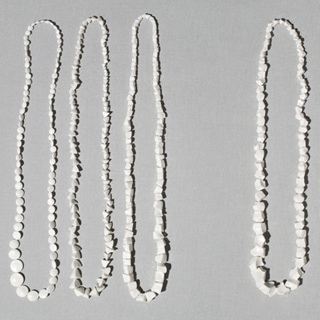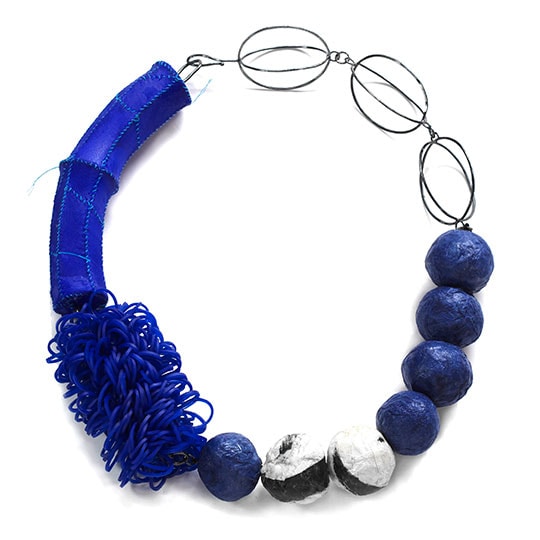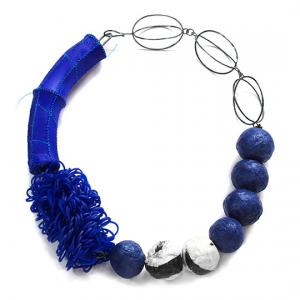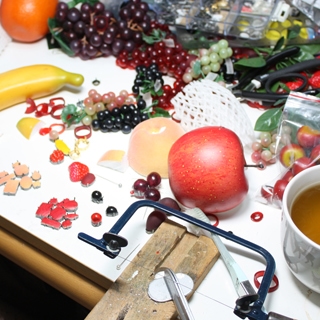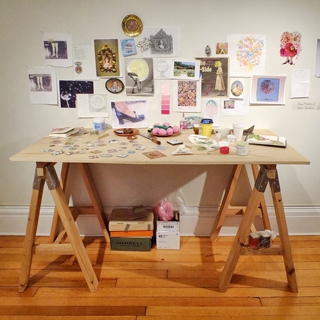Gallery Funaki recently launched the inaugural Mari Funaki Award for Contemporary Jewelry to honor and recognize Mari Funaki, a unique and passionate advocate for contemporary jewelry in Australia. This award aims to celebrate Mari’s legacy by recognizing the skills and talent of jewelers, both local and overseas, and by providing a platform for outstanding new work to be shown in Australia. Artists worldwide, at any stage of their practice, were invited to apply for the award; over 530 entries from more than 35 countries were received. The work of 31 finalists was selected and is currently on exhibit at Gallery Funaki from August 13–September 13, 2014.
The winner of the established artist category is Kiko Gianocca, from Switzerland, with a series of three necklaces collectively titled Veneer. His work has been exhibited internationally since 2003 and he is currently represented by Gallery Funaki.
In the emerging artist category, two winners were selected: Patrícia Domingues, from Portugal, with her pendant from the Duality series, and Polish artist Sara Gackowska for her brooch, Membrane, from the Methamorphosis series. In addition, two commendations were given, the first to Inari Kiuru, a Melbourne artist, for her two brooches from the Evolution series, and Jiro Kamata, based in Germany, for his Spiegel necklace.
The recent announcement of winners provided an opportunity to speak with gallery director Katie Scott about the award and her vision for the gallery, as well as hear from the three winners.

Bonnie Levine: Mari Funaki was an important visionary and maker in the world of contemporary jewelry, particularly in Melbourne. Can you tell us about her and her legacy?
